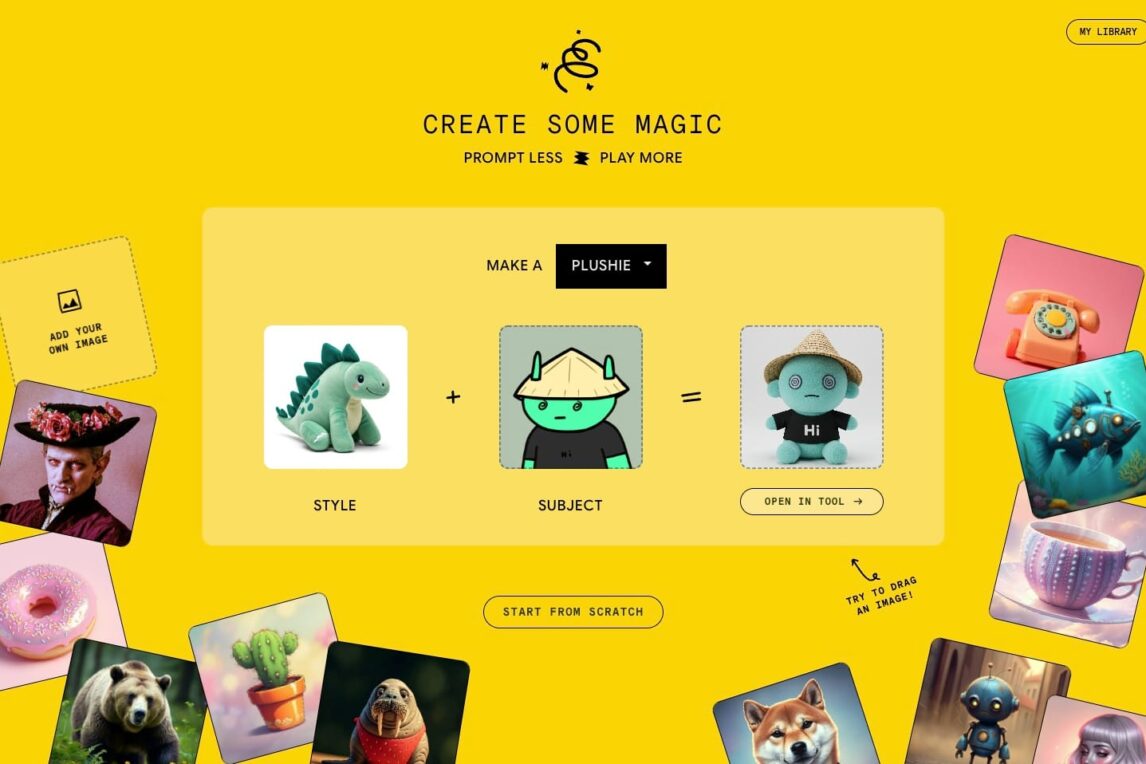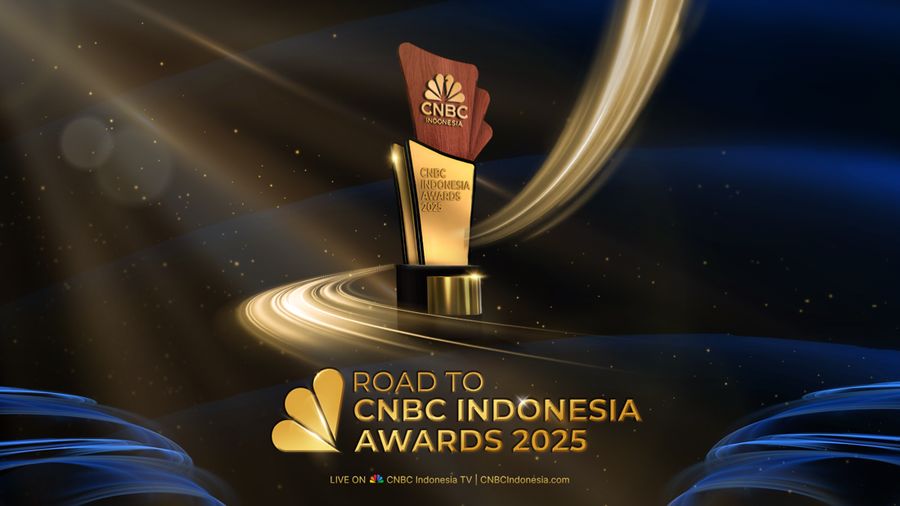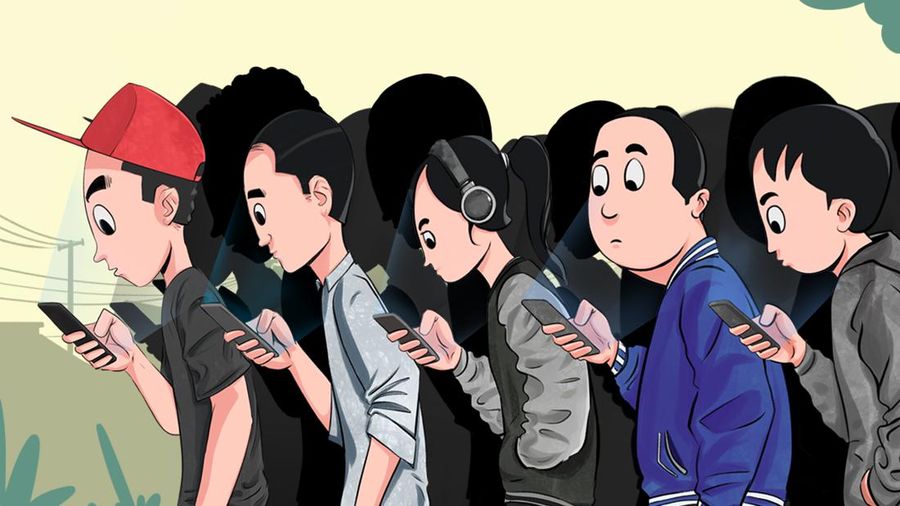Google has unveiled its latest innovation in artificial intelligence, a tool called “Whisk,” which takes a fresh approach to creative content generation. Unlike traditional text-to-image generators, Whisk allows users to upload photos that serve as prompts, enabling the AI to produce a completely new, composite image without the need for textual descriptions. This development is set to redefine how consumers interact with AI-powered creativity tools.
At its core, Whisk is an “image-to-image” generator. Users can upload pictures that illustrate subjects, settings, or artistic styles, and Whisk merges these elements into a cohesive and entirely new image. According to Google, Whisk is designed to be a creative inspiration tool rather than a full-fledged professional editing suite. In a blog post, Google emphasized that the tool focuses on rapid visual exploration, offering users a fun and experimental way to reimagine their images.
“Whisk is not intended to provide pixel-perfect edits,” explained Thomas Iljic, Director of Product Management at Google Labs. “Instead, it’s a platform for users to remix subjects, scenes, and styles in innovative ways.” For example, users can experiment by transforming an uploaded image into variations such as a plush toy, enamel pin, or even a stylized sticker. While the addition of text is optional, it can help guide the AI to incorporate specific details into the final output.
Built on Advanced AI Foundations
Whisk leverages Google’s Gemini AI, first introduced in December 2023, and pairs it with DeepMind’s Imagen 3, a state-of-the-art text-to-image generator. This powerful combination enables the tool to analyze uploaded photos and generate captions that are then processed by Imagen 3. The result is a synthesized image that captures the essence of the original inputs, though not necessarily an exact replica. This “interpretive” approach ensures flexibility for remixing while introducing some creative variability.
For instance, the generated image may alter attributes such as height, hairstyle, or skin tone from the original prompt. While this feature encourages creativity, it also underscores the limitations of precision, as acknowledged by Google in its official statement.
A Response to Growing AI Competition
The release of Whisk highlights Google’s efforts to stay ahead in the rapidly evolving AI landscape. Since the launch of OpenAI’s DALL-E in 2021, text-to-image tools have become a cornerstone of consumer-focused AI products. Google’s pivot toward image-to-image generation represents a natural progression in the field, aiming to capture a new segment of users who value visual creativity without the constraints of text prompts.
Whisk’s debut comes amidst fierce competition in the AI market. OpenAI recently launched Sora, a text-to-video generator, signaling an escalation in the race to dominate the consumer AI space. Dan Ives, Managing Director and Senior Equity Analyst at Wedbush Securities, described Whisk as a significant milestone for Google.
“This is another ‘flex the muscles’ moment for Google in the AI and tech race,” Ives noted. “DeepMind remains a critical asset for the company, and these AI tools are part of Google’s treasure chest of innovations planned for 2025.” Among these are ambitious projects such as a new Android operating system developed in collaboration with Samsung and Qualcomm.
Addressing Challenges and Early Reactions
Despite its promise, Whisk has not been without challenges. When Google initially introduced Gemini’s text-to-image capabilities in February 2024, the company faced criticism for generating historically inaccurate images. This serves as a reminder of the ongoing need for ethical considerations and robust guardrails in AI development.
Currently, Whisk is available as a website on Google Labs for users in the United States and remains in its early stages of development. Google has expressed its commitment to refining the tool based on user feedback, aiming to enhance its capabilities while addressing potential concerns.
As the AI arms race continues, Whisk stands out as a testament to Google’s vision of merging creativity and technology. With its innovative approach, the tool has the potential to reshape how users think about and engage with AI-driven image generation.






